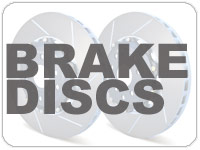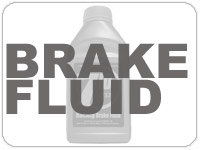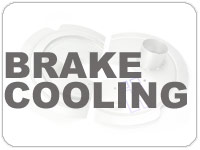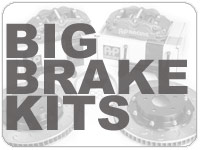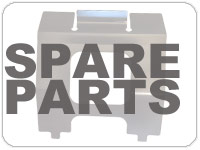We use cookies to make your experience better. To comply with the new e-Privacy directive, we need to ask for your consent to set the cookies. Learn more.
If you apply the brake pedal and your vehicle doesn’t slow down as quickly as you expect it to, it can be more than just a little concerning. Poor braking performance can be caused by many things like worn-out brake pads, but it isn’t always a sign that you need to replace your brakes. It could be brake fade.
There can be a few causes for brake fade, and the symptom feels the same. Thankfully, correcting the problem is seldom expensive and it might not need a repair at all. Here’s what you need to know.
WHAT IS BRAKE FADE?
Brake fade is an unexpected reduction in braking performance. When you press the brake pedal, you’ll notice that it takes longer for your car to come to a stop than you’re used to. Usually, there’s an increase in effort on the pedal to achieve the stopping power you need.
If you’ve ever felt the need to press the brake pedal with both feet after driving down a hill, your car is creeping forward in traffic when you’re trying to hold it at a stop, or it feels like your pedal is spongy and travels further to the floor, you’ve experienced brake fade.
The unpredictability of brake fade can result in performing a brake inspection or taking it to the shop to have your brakes checked, but there typically aren’t any noticeable problems. And after the car sits for awhile, your brakes will work normally – once they cool down. Then, after driving under just the right conditions, it might happen again.
WHAT CAUSES BRAKE FADE?
Brake fade can be frustrating to diagnose. What causes brake fade? There are actually two distinct reasons for the exact same symptom.
1: PAD FADE
If the temperature between pad and disc gets too high, the pad starts gasses out, building up an air cushion between pad and disc. The pedal remains stiff, but the stopping power is reduced. Solutions are an improved cooling, change to a higher temp range pad material or a higher mass brake disc.
2: FLUID FADE
If there is too much energy being transferred to the caliper and fluid, it can boil the fluid. These gas bubbles being compressible, the pedal travel increases and becomes “spongy” with poor modulation. (This is a gradual process with advanced warning.)
Solutions include:
Changing brake fluid to one with a higher boiling point;
Using a different pad compound with better heat transfer properties;
Improving the cooling to prevent the fluid from boiling.
The importance of keeping fresh brake fluid in the system and regular bleeding cannot be overstressed.
HOW TO PREVENT BRAKE FADE
It might seem like a problem you’re unlikely to encounter, yet you’ll keep it that way by preventative measures, whether you’re aware of it or not.
1. CHANGE THE BRAKE FLUID AROUND EVERY TWO YEARS
Both DOT 3 and DOT 4 brake fluids can absorb up to 2% moisture content in a single year. Reaching the 3.7% threshold for the wet boiling point can occur in under 24 months. While that doesn’t assure brake fade will happen, it’s more likely to occur.
2. USE THE APPROPRIATE DISCS FOR YOUR PERFORMANCE
To avoid friction fade, it’s imperative to keep your brakes within normal operating temperatures. If you plan to race, tow heavy loads, or otherwise tax your braking system regularly, disperse as much heat as possible by ensuring you have good-quality rotors installed. Slotted or drilled rotors can help reduce temperatures at the brake pads.

